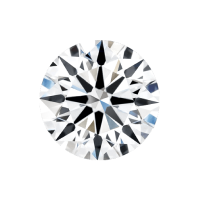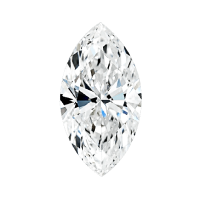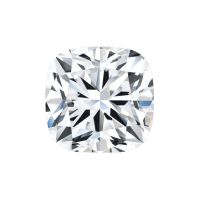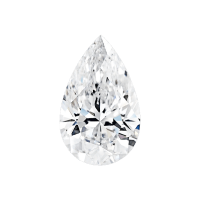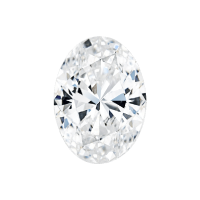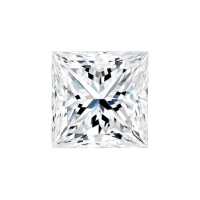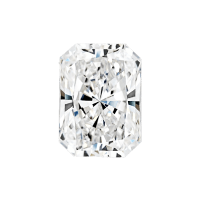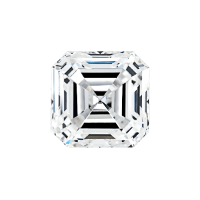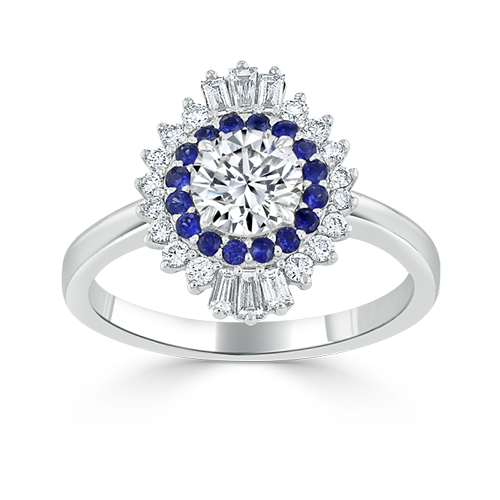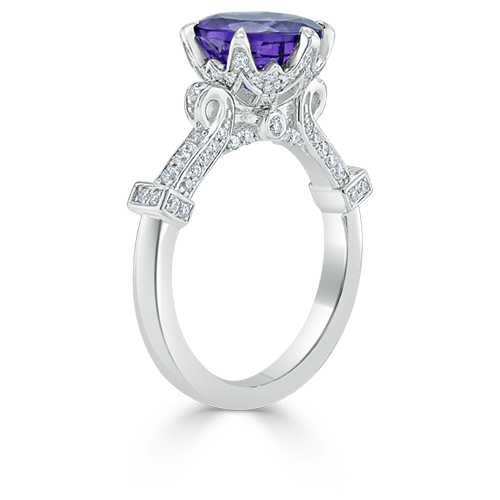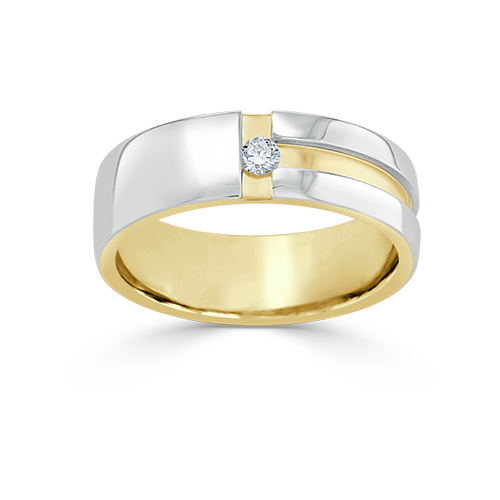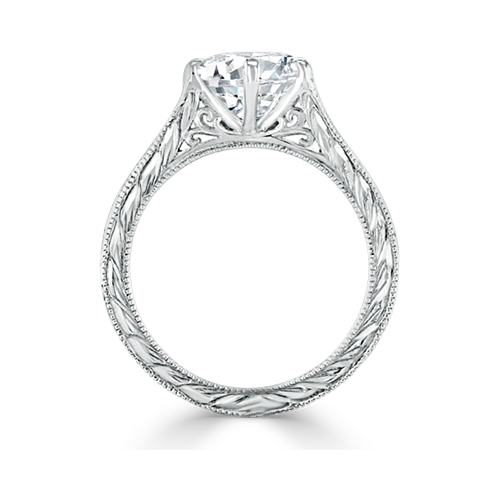Lab grown diamonds possess exactly the same physical, atomical and visual elements as mined diamonds.
As no mining is required, lab grown diamonds are a more environmentally-conscious choice.
Lab grown diamonds are more affordable than mined stones, offering more accessible price points.
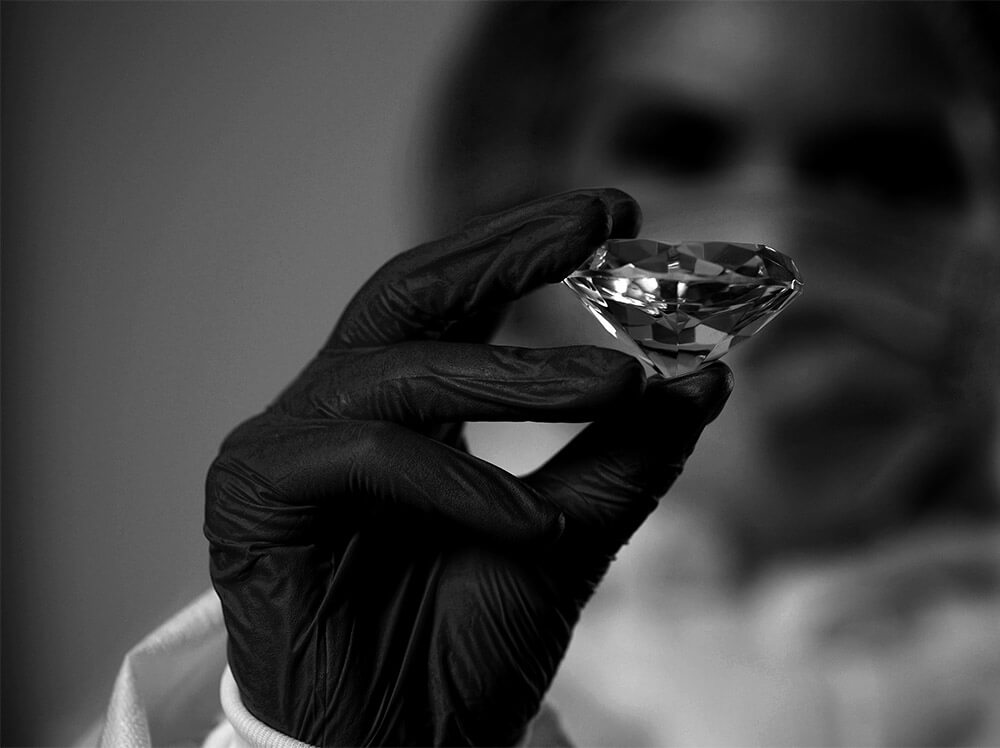
What Is A Lab Grown Diamond?
Lab grown diamonds are grown in highly controlled laboratory environments using advanced technological processes that duplicate the conditions under which diamonds naturally develop when they form in the mantle, beneath the Earth’s crust. These man made diamonds consist of actual carbon atoms arranged in the characteristic diamond crystal structure. Since they are made of the same material as natural diamonds, they exhibit the same optical and chemical properties.
Learn more at our Education Hub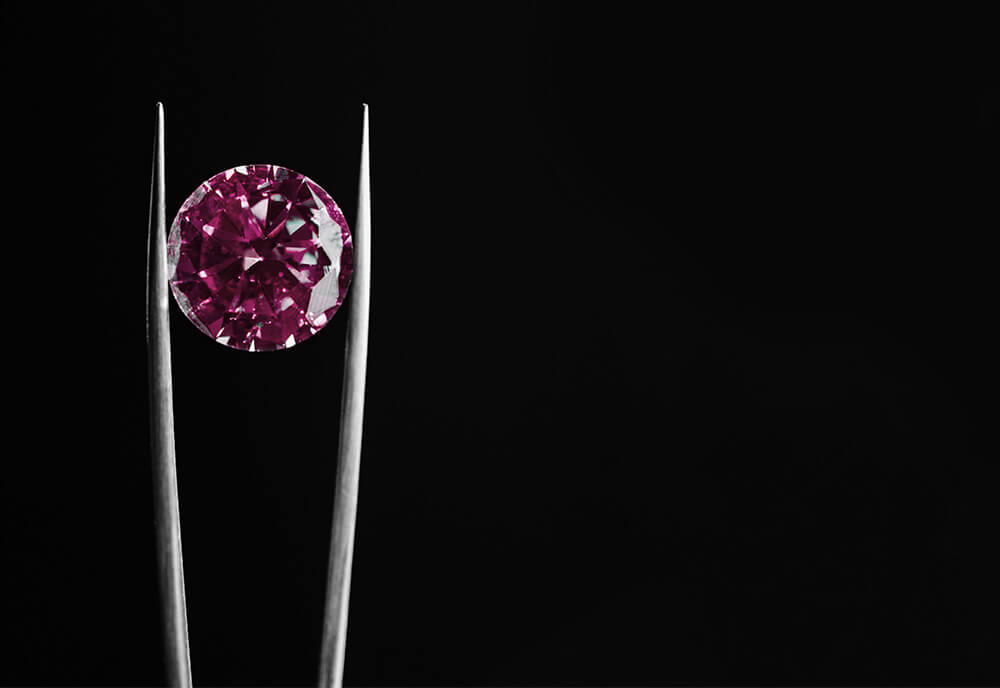
How Is A Lab Diamond Made?
Our lab grown diamonds are grown from the tiny carbon seeds of pre-existing diamonds. Advanced technology – either extreme pressure and heat or a special deposition process known as CVD – mimics the natural method of diamond formation. Some lab diamonds grown through deposition may also undergo pressure and heat treatment after they are grown. Lab diamonds can only be distinguished from natural diamonds using specialized equipment that can detect the minor differences in trace elements and crystal growth.
Learn more at our Education HubEngagement Rings
Be Inspired
FAQ's
Synthetic diamonds are created in one of two ways. One mimics the way that natural diamonds are formed geologically: by applying extreme pressure and temperature to a vacuum chamber containing carbon, this dissolves to form diamond ‘seeds’. Rather than taking a billion years, this process takes 4 weeks, after which the stones are ready to be cut and polished. Another method is not dissimilar to 3D printing, whereby pieces of carbon are layered on a diamond seed in a vacuum chamber.
Cultured diamonds should not be confused with cubic zirconia and moissanite, which look similar to diamonds but are known as simulants. Simulants fetch much lower prices than man-made diamonds because they are not true carbon crystals and therefore do not possess the same physical or chemical properties as diamonds.
The methods used to bring a stone to life are kinder to the planet than the scale of the mining involved to source a natural diamond, which incurs masses of air pollution and carbon dioxide emissions.
Then there is the traceability of a stone. At Steven Stone we only ever deal with natural diamonds that have a conflict-free guarantee. But with lab-grown stones there is never any need to question this, as their production involves a workforce of technicians as opposed to miners, meaning much greater transparency around working practices and conditions.
Mined diamonds and lab-grown diamonds possess the same physical properties. Any differences are only visible under the scrutiny of a gemmologist using specialist equipment. The main point of difference is their provenance, in that natural diamonds are mined from the ground, and synthetic are produced in laboratories.
Yes. The GIA offers laboratory-grown diamond grading reports using the same colour and clarity boundaries as the grading system for natural diamonds, but with fewer quality grade categories.
Lab-grown diamonds are as sparkly, commanding and dazzling as their natural counterparts, and it would require laboratory equipment to tell them apart. But they cost between 20 per cent and 30 per cent less.
All of Steven Stone’s synthetic diamonds are certificated by an independent laboratory, meaning that each stone is graded on its colour and clarity.




